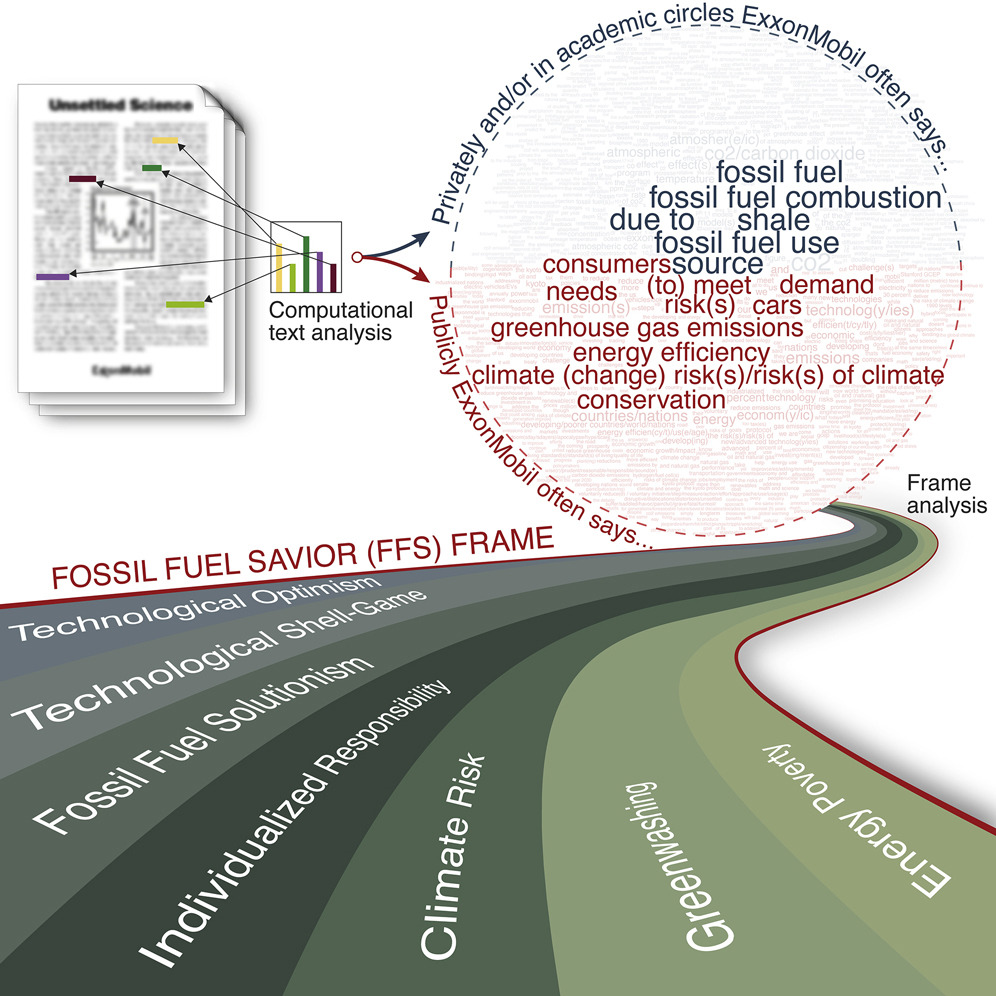Elsevier, Journal of Virological Methods, Volume 291, May 2021
Hepatitis B virus (HBV) infection is a major public health priority. In the present study, a lateral flow strip combined with the recombinase polymerase amplification (LF-RPA) assay was developed and evaluated for rapid HBV detection. A primer/probe pair targeting the conserved region of the HBV genome was designed and applied to the LF-RPA. TheRPA was achieved at the isothermal temperature of 39℃ for 30 min, and the RPA products were detected using the LF test. DNA extraction, RPA reaction and endpoint detection will take about 70 min.
Elsevier
ROS are considered to be harmful when produced in excess and they are associated with the development of various diseases like Alzheimer's, Cancer, Infertility and Parkinson's. Oxidative stress biomarkers can be used to assess the severity of such diseases, while biochemical pathways and progression understanding can be used to develop new targets as prophylactic drugs. Thus, discovering biomarker responsible for the aetiology of disease could be helpful in understanding the course of disease.
Elsevier,
Renewable and Sustainable Energy Transition, Volume 1, 2021,100001,
Rapid climate action is urgently necessary, but it poses risks to justice. Major justice risks relate to fossil fuel phase-out, increased resource use, distribution of economic impacts, human needs. To mitigate against this we need to be inclusive of diverse voices and able to deal with radical ideas. This paper outlines a way we can do this.
Elsevier,
The Journal of Climate Change and Health, Volume 2, May 2021, 100011
The health impacts of the climate crisis demand that health systems adapt their practices and mitigate their carbon emissions. Contributing to SDGs 4, 11 and 13, this article argues that health services and policy research (HSPR) is crucial for the transformation of these systems.

